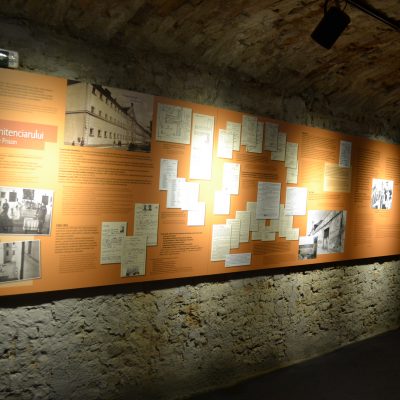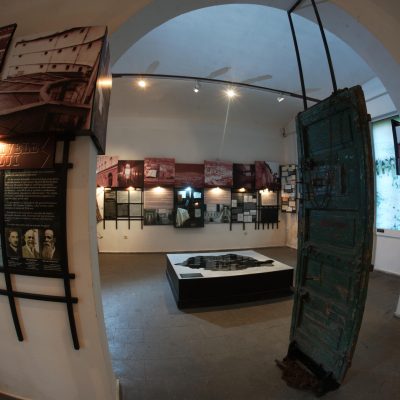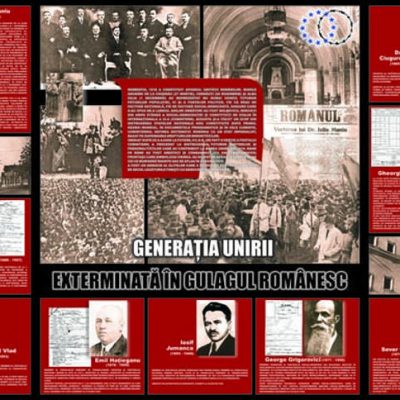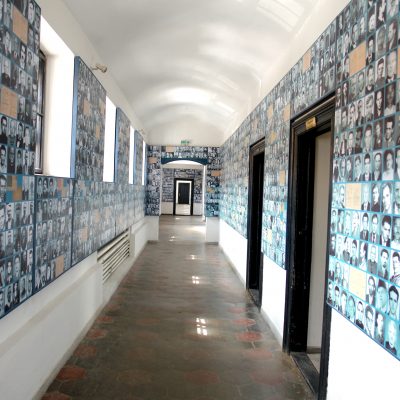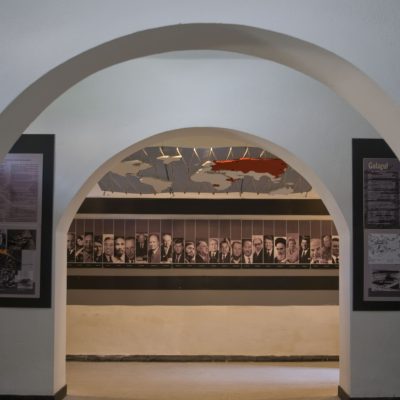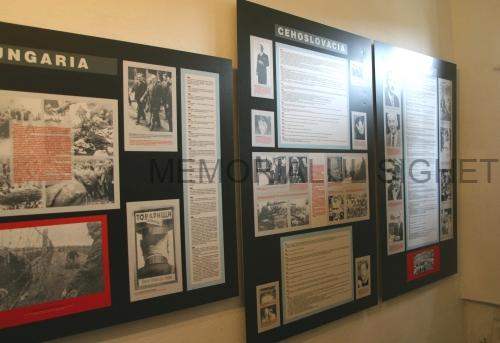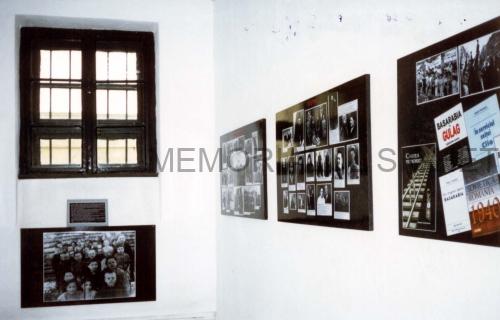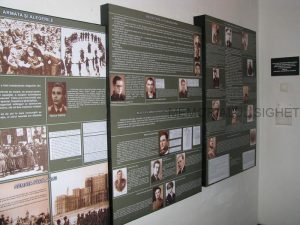 The army, police, gendarmes and justice system had been apolitical institutions up until the outbreak of the Second World War. Their employees were banned from entering politics or standing as candidates for elected office.
The army, police, gendarmes and justice system had been apolitical institutions up until the outbreak of the Second World War. Their employees were banned from entering politics or standing as candidates for elected office.
After 23 August 1944, when Romania sided with the Allies, the Soviets set underway a process that was as complex as it was brutal: the “turning of weapons” not only against German fascism, but also against the country’s democratic system.
Labelling the Romanian Army en masse as “fascist”, the Soviets held more than 150,000 soldiers prisoner at the front and behind the lines, until the Armistice Treaty of 13 September 1944.
The Romanian divisions that had joined the anti-fascist coalition, extending as far as Hungary and Czechoslovakia, were placed under Soviet command, and those who remained behind the lines were disarmed.
Within USSR territory, two divisions of volunteers were formed, which returned to Romania under the Soviet flag and were then used as pilot units of the “democratic army”. These “pandours” formed the nucleus of a network of “politruki” (politiceskie rukovoditeli – political commissars), which incorporated, first at the front and then in peacetime, military units.
They were joined by opportunists in Romania who, although they had also fought on the eastern front and been decorated by the Germans, accused their comrades of “fascism” for opposing the Soviet occupation. Orchestrated by communist activists Emil Bodnăraș, Ana Pauker and other agents of Moscow, the Soviet Armistice Control Commission, the Cominform and Soviet advisers, the operation to transform the Romanian Army into a tool of communist policy involved tens of thousands of arrests, purges, and convictions, and the promotion of obedient non-entities servile to Stalin and the USSR.
The infiltration of Soviet agents in parallel with the purging of the existing corps of professional officers led to the gradual and total communisation of the police, gendarmes, secret services and judiciary.
Having previously been apolitical, state functionaries and the staff of the principal ministries now became docile tools of the communist state, predestined to supervise abidance by dictatorial orders and the suppression of basic human rights.


